We are,
Prickly Thistle
Prickly Thistle
As of 14th October 2022 we rebelled, and for now have an anti-social media platform policy. Let's connect in a real way, set yourself free from the scroll....
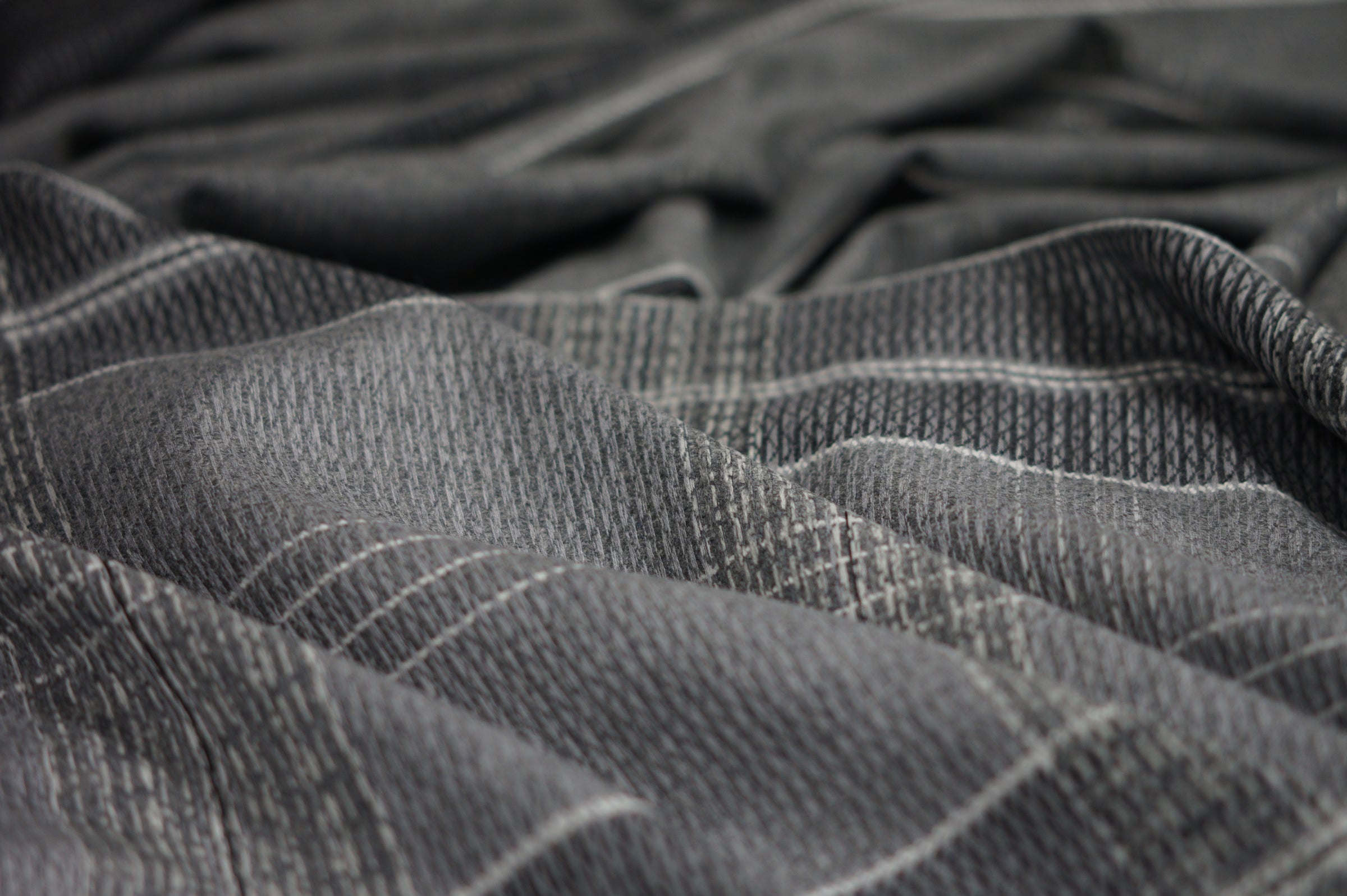
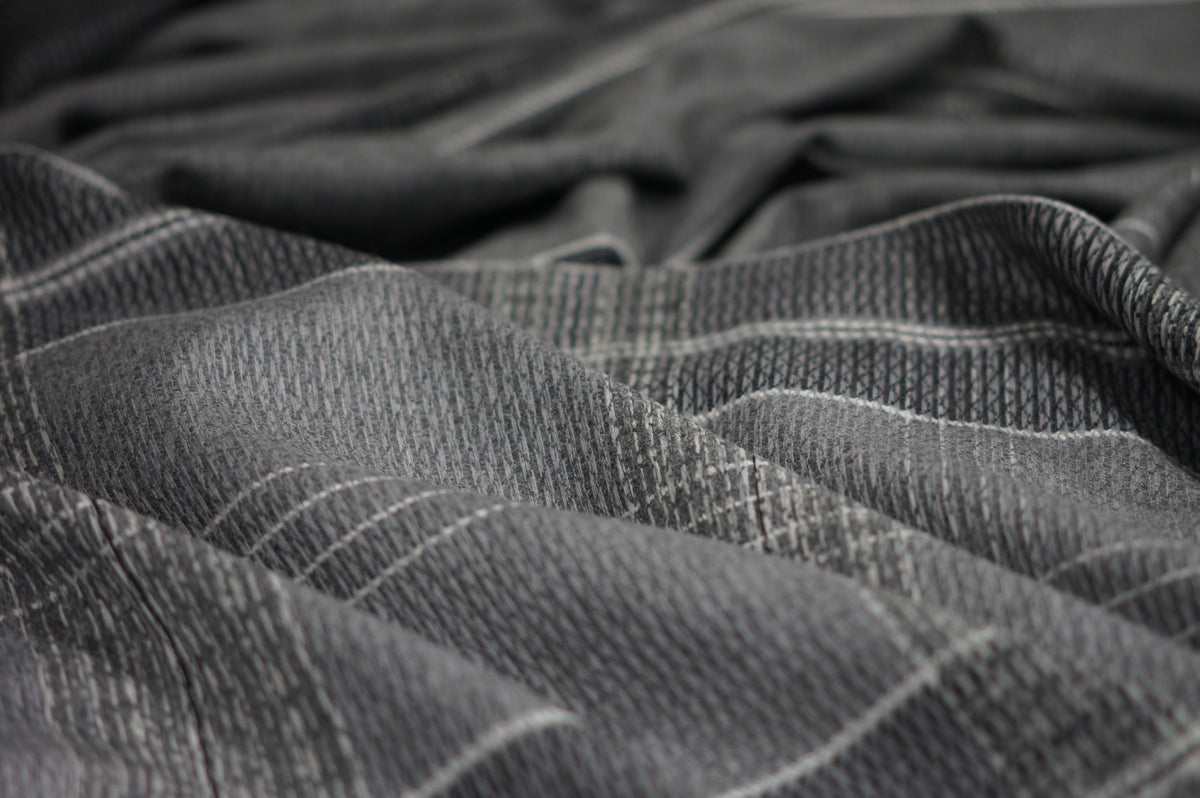


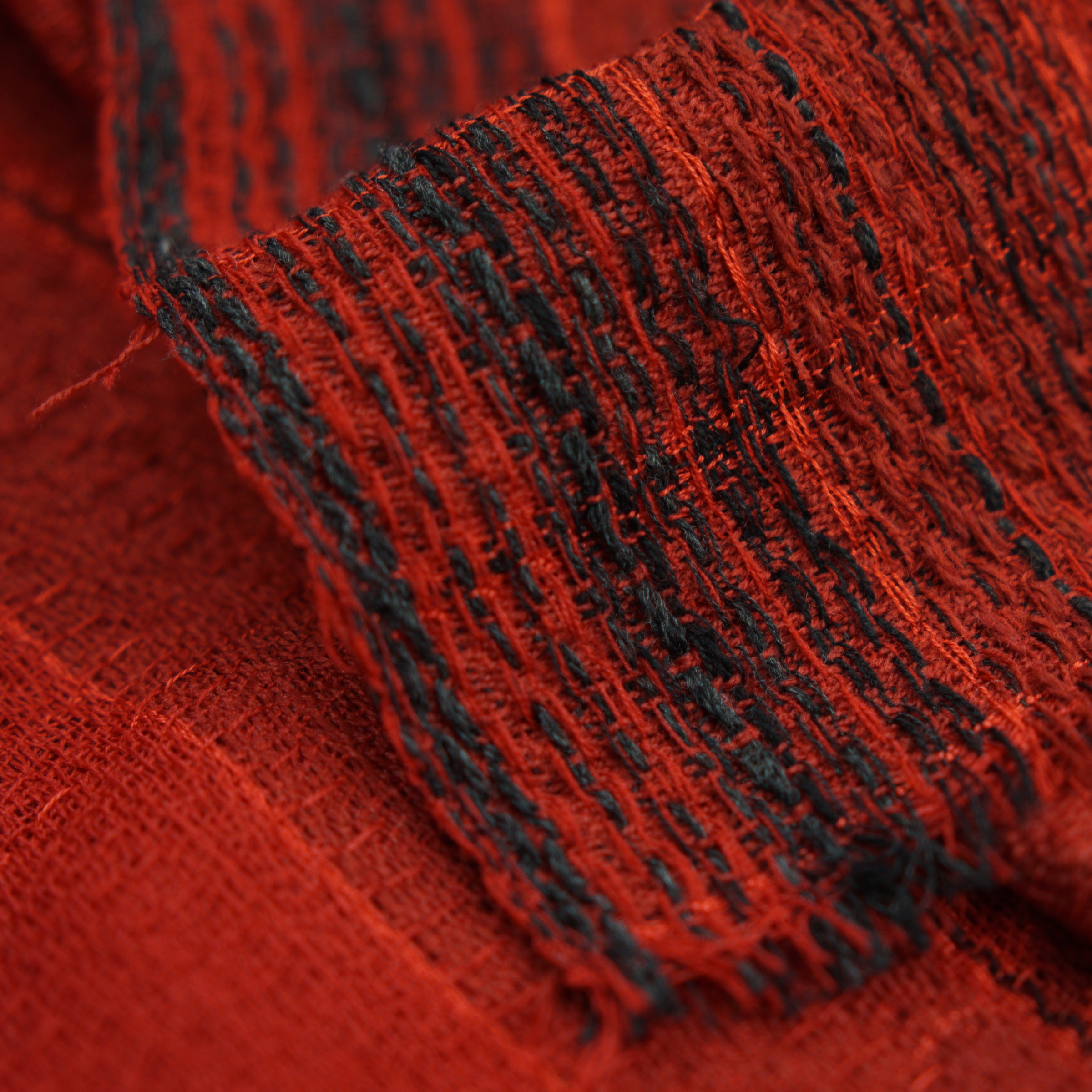
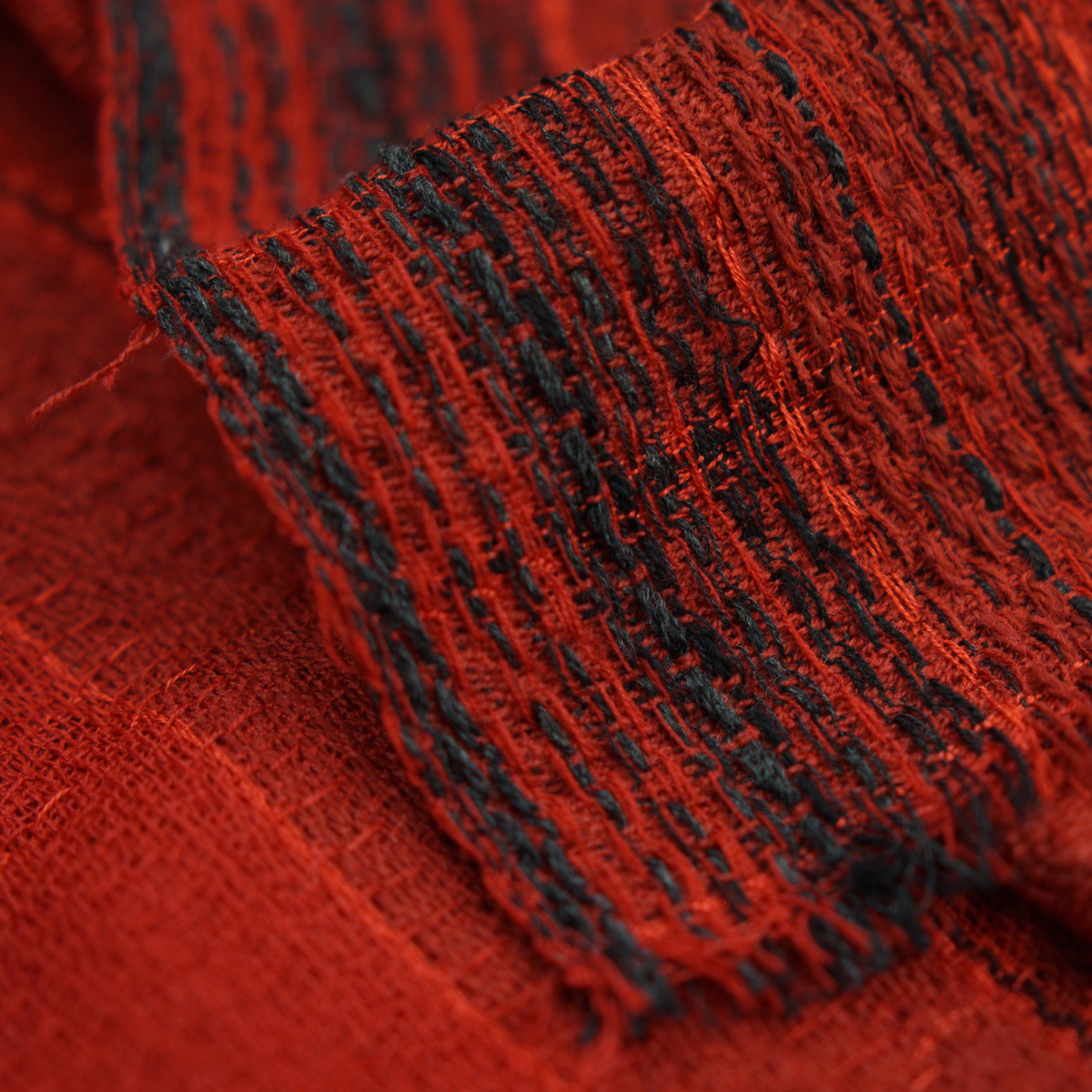
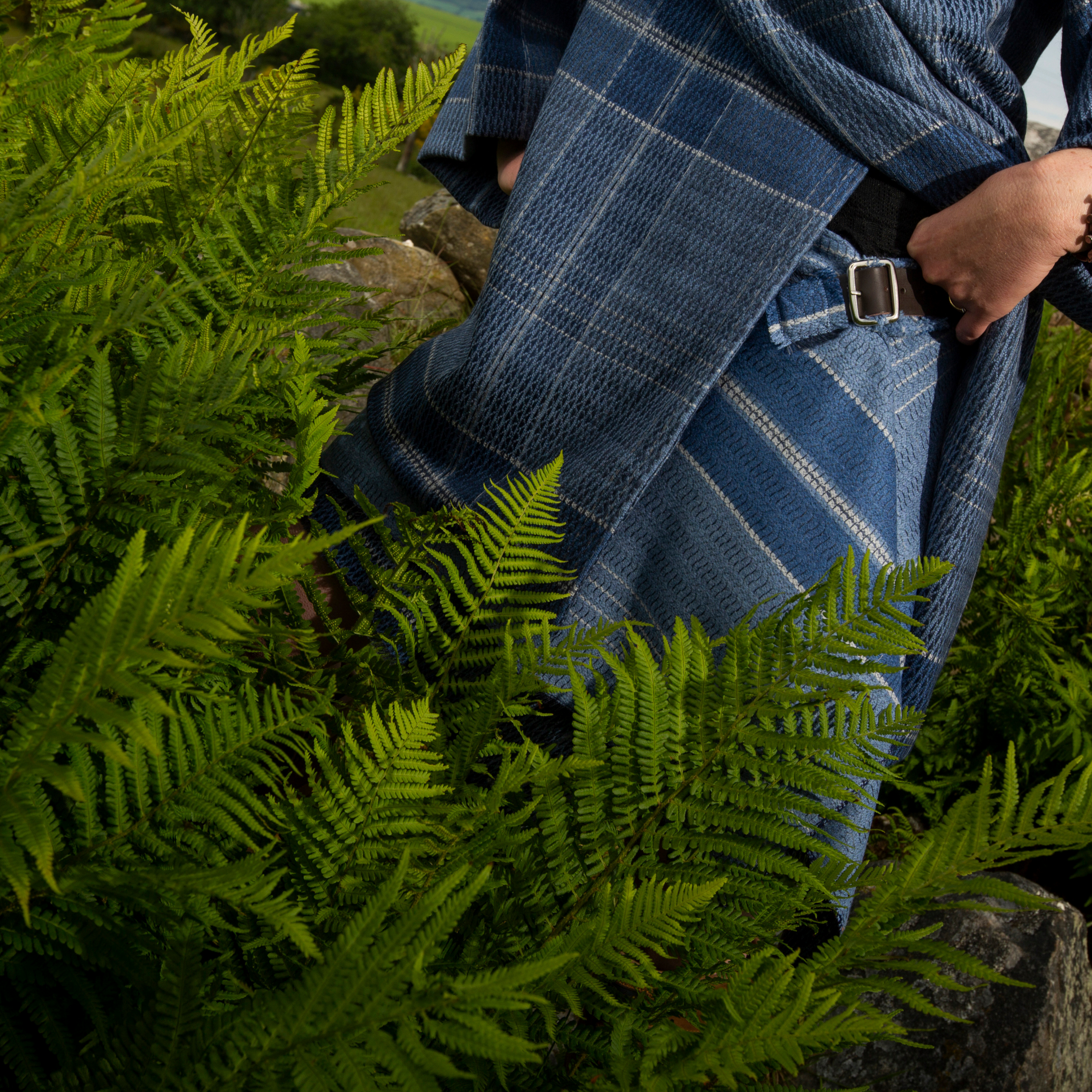
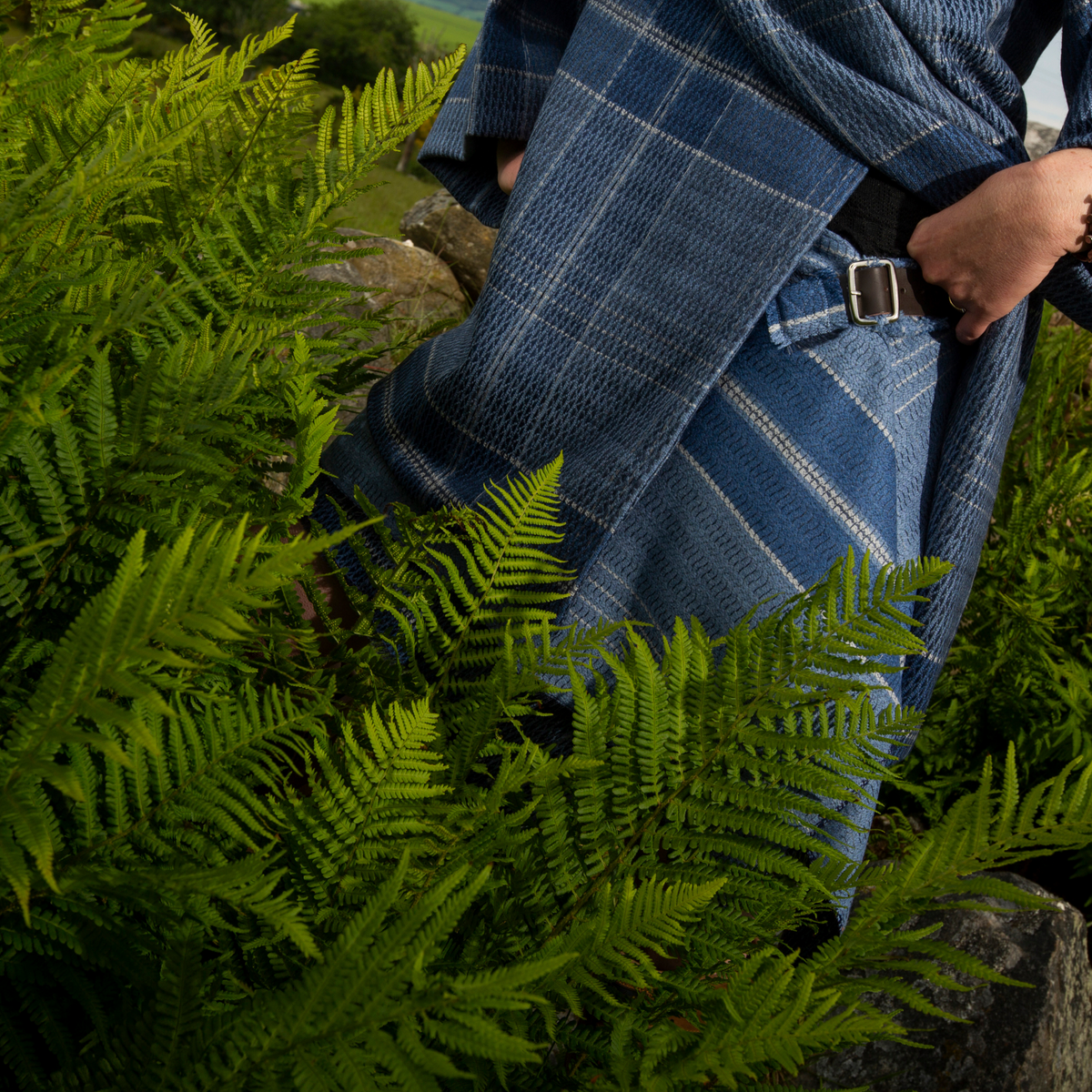
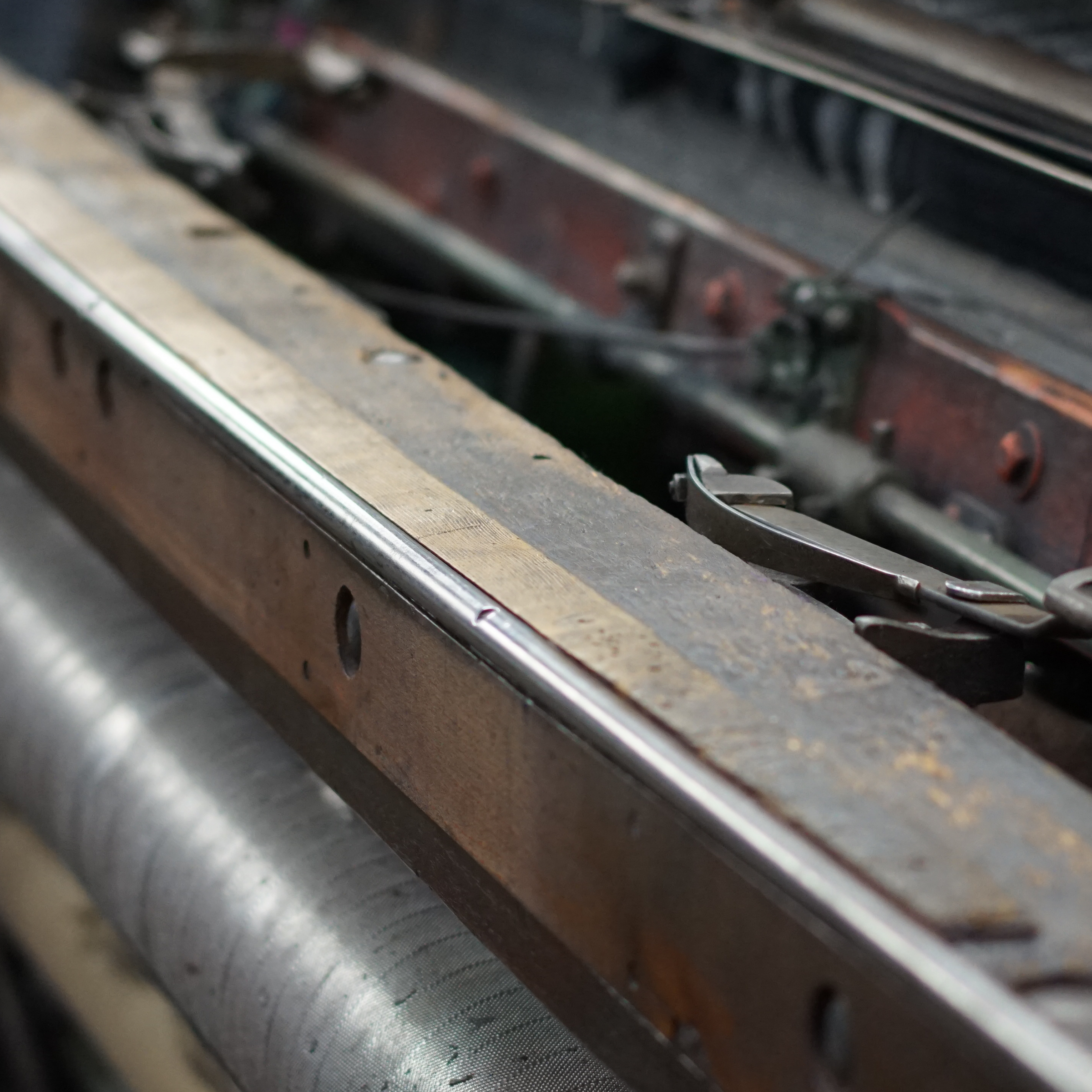
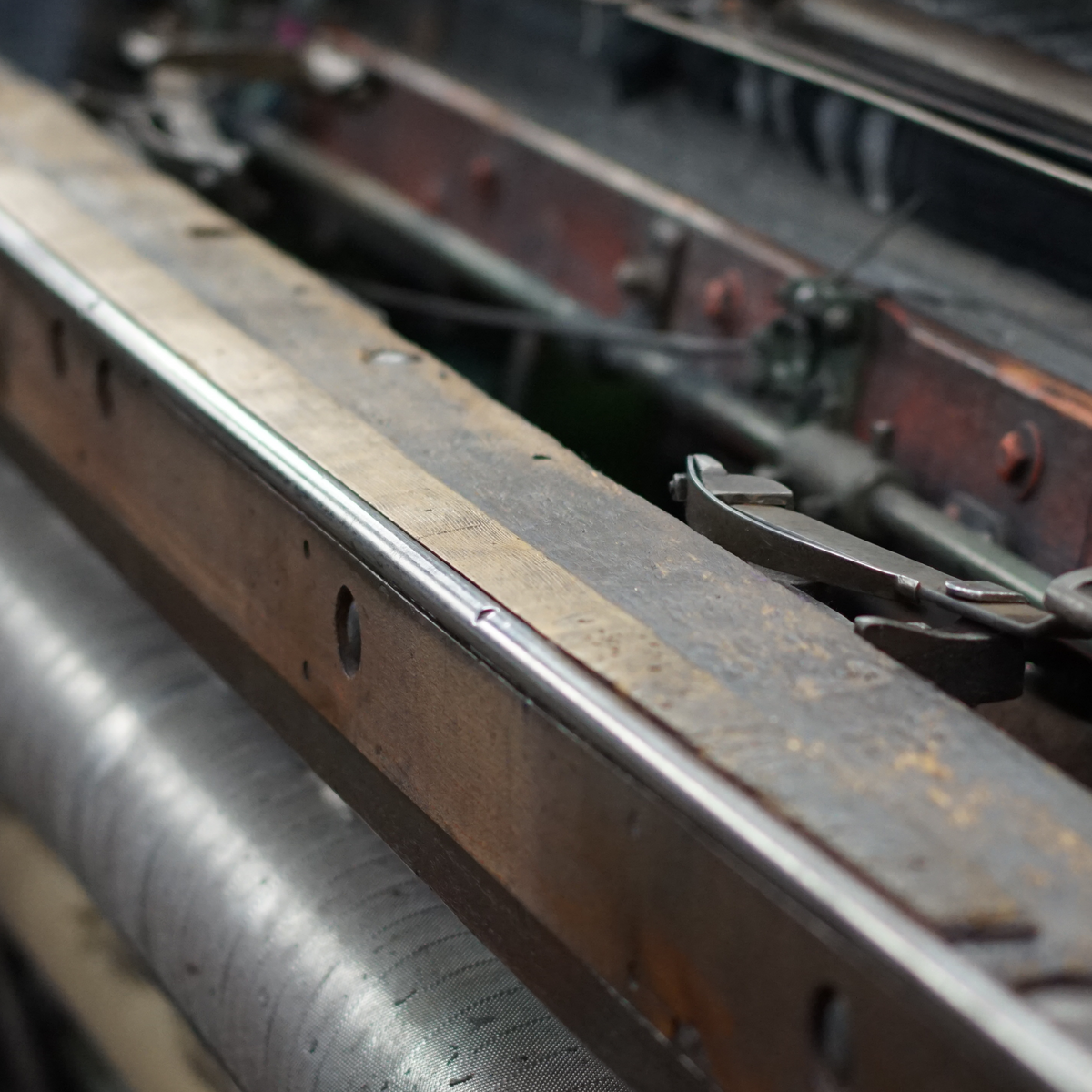
What is elastane?
Elastane is the generic term used to describe branded textiles such as Lycra. This type of fabric is also called spandex, and its primary attribute is its incredible elasticity. While Lycra, spandex, and elastane are all the same material, regional variants of the term "elastane" are most commonly used to refer to this type of fabric in continental Europe.
This textile is composed of a long chain polymer known as polyurethane, and it is known in technical circles as a polyether-polyurea copolymer. Elastane is an entirely synthetic fabric; no organic materials are used to make this substance, and it does not exist anywhere in nature. It is made with non-renewable raw materials such as crude oil and gas.
Elastane is used in clothing whenever stretchiness is desired. For instance, this fabric is present in almost every kind of form-fitting underwear for men and women; when this substance is used in undergarments, these garments can be designed on the small side with full knowledge that they will fit to expand the user's physique when they are worn.
How much elastane fibre is produced annually?
In 2022 is estimated that 1.2 million metric tonnes of elastane fibres will be produced.
Where did elastane come from?
While elastane was invented in the late 1950s, the story of this material truly begins in 1937 in Nazi Germany. Polyurethane was originally invented by Otto Bayer and his associates at the IG Farben plant at Leverkusen, and this substance was almost immediately made into a variety of plastics. The primary purpose of polyurethane was as a replacement for rubber, which was only available from certain types of trees and, therefore, was subject to unexpected price fluctuations and was sometimes hard to obtain.
How is elastane fabric made?
Four different methods can be used to produce this elastic fabric: Reaction spinning, solution wet spinning, melt extrusion, and solution dry spinning. Most of these production processes have been discarded as inefficient or wasteful, and solution dry spinning is now used to produce approximately 95 percent of the world's spandex supply.
The solution dry spinning process begins with the production of a prepolymer, which serves as the basis of elastane fabric. This step is accomplished by mixing macroglycol with a diisocyanate monomer within a special type of reaction vessel. When the right conditions are applied, these two chemicals interact with each other to form a prepolymer. The volume ratio between these two substances is critical, and in most cases, a glycol to diisocyanate ratio of 1:2 is used.
When the dry spinning method is used, this prepolymer is then reacted with diamine acid in a process known as chain extension reaction. Next, this solution is diluted with a solvent to make it thinner and easier to handle, and it is then placed inside a fibre production cell.
This cell spins to produce fibre and cure the elastane material. Within this cell, the solution is pushed through a spinneret, which is a device that looks like a showerhead with lots of tiny holes. These holes form the solution into fibre, and these fibres are then heated within a nitrogen and solvent gas solution, which causes a chemical reaction that forms the liquid polymer into solid strands.
The strands are then bundled together as they exit the cylindrical spinning cell with a compressed air device that twists them. These twisted fibres can be made in a variety of thickness options, and every elastane fibre in apparel or other applications is actually made from many tiny strands that have undergone this twisting process.
Next, magnesium stearate or another polymer is used to treat the elastane material as a finishing agent, which prevents the fibre from adhering to each other. Lastly, these fibre are transferred to a spool, and they are then ready to be dyed or woven into fibre.
The production requires a huge amount of energy and the resulting intermediate products are problematic for the environment.
What are some of the the environmental and human health impacts of elastane?
CO2 and oil spills
The production of elastane and other synthetic fibres relies on the extraction of fossil fuels, like crude oil, gas, and in some cases, coal. According to the Ellen MacArthur Foundation, CO2 emissions for synthetic clothing are six times higher than cotton. However, beyond carbon emissions, oil extraction is inextricably linked with other environmental horrors, including oil spills, methane emissions, water, and air pollution, wildlife disruption, biodiversity loss, and impacts on human health – particularly for communities near extraction sites.
Elastane isn’t biodegradable
Unlike natural fibres that will completely biodegrade between a few months to a few years, because acrylic is derived from plastic it can take hundreds of years to fully biodegrade, all the while releasing methane into the atmosphere and leaching toxic chemicals into soil and groundwater.
Microplastics
While elastane isn't biodegradable, it does, however, shed "microplastics" — tiny plastic particles thinner than human hair and smaller than five millimeters long — into the air and our rivers and oceans every time we wash it, wear it, or throw it out.
With every wash, millions of microplastics are released into the wastewater system. From there, these tiny bits of plastic find their way into rivers and oceans, where they are eaten indirectly and directly by fish (and other marine animals), which then become a part of our food chain.
If you might think avoiding seafood will protect you from this plastic contamination, not so fast. Microplastics have been found in beer, shellfish, and salt. If that's not terrifying enough, it was found that the average person consumes as many as 1,769 particles of plastic every week just by drinking water – bottled or tap.
While the full extent and impact of these microplastics aren't clear, it is clear that the problem is massive and could have detrimental effects on plant, animal, and human health.
Citation Credits : https://thesustainablelivingguide.com/elastane-fabric/
Citation Credits : https://www.inviya.com/blog/properties-of-elastane-fabric-and-how-its-made/
Citation Credits : https://sewport.com/fabrics-directory/elastane-fabric
Where did it all begin, the why then, the why now and the future of why not?